At Oshki, we have shifted our production in 2019 and beyond into using all recycled polyester - reusing PET plastic waste from the Great Lakes and around the United States. However, this usage does not mean Oshki supports the use of virgin polyester and we see the effect polyester can have on the environment around us. Polyester is a synthetic fiber, made from petrochemical material in a process known as polymerization. Although polyester is breathable, easy to clean, and does not wrinkle - it has its side effects such as the usage of fossil fuels, microplastic shedding, and the usage of toxic chemicals in it’s production.
Recycled polyester, when used correctly, can limit the effects of this synthetics fiber by:
- Using significantly less energy usage (45%+ less) in its production, versus virgin polyester. These energy savings help reduce the carbon footprint of all Oshki products.
- Diverts PET plastic from landfills and the environment, reusing the plastic in an innovative way. Oshki being the first company to use 100% United States plastic waste in all products also limits the need to transport plastic all over the world, reducing fossil fuel usage and contributing to a more circular economy.
This polyester is created from PET materials from local recycling centers. This plastic is sterilized, heated, and split into plastic chips. The ships are then melted and spun using a spinneret to form polyester yarn. The yarn is then put into spools, passed through a crimping machine, and then knitted into polyester fabric. What was once waste turns into a usable material.
In addition, there are critics of recycled polyester that preach the necessity of using natural fibers (cotton) instead. While this argument has merit, cotton is by no means a sustainable way of production around the world. The ample use of pesticides, chemicals, and fertilizers in the production of cotton clothing causes a range of serious diseases and illnesses such as cancer and respiratory diseases. In addition, the average cotton t-shirt uses about 2,700 liters of water in its production (900 days worth of drinking water for 1 person). With the increasing scarcity of water across the globe, this water usage is unnecessary and unsustainable. Organic Cotton is a new development that can successfully reduce much of the pesticide and water usage, a trait many sustainable fashion companies have applied to their business model. However, Oshki’s production being in the United States was a huge necessity when redesigning our supply chain and only 4% of cotton production in the US is organic (found in an OTA study). Recycled polyester’s potential for reuse and overall lifetime is something that attracted me to use it in Oshki’s production. Once recycled polyester is used, it is one of the few materials that can be remade into what it once was - a recent development first made commercially available by a fantastic company called worn again. We are working on developing new ways to reuse other companies’ old recycled clothing as well as sending our customer’s old garments to streamline our production’s sustainability.

Another misconception of sustainable production is that we are preaching our product is improving the environment in our products alone. Consumerism causes many issues when it comes to the earth and its ecosystem. For us, it is about limiting the effect our clothes have on the environment and developing new ways to innovate that no other clothing company has done. Clothing is a basic human necessity. Working to sustainably offer clothing to the average consumer puts us in the same battle of sustainable farming and reusing materials in building construction. A significant issue we are currently looking into is the shedding of microfibers. Synthetic fibers such as polyester shed hundreds of thousands of tiny particles known as microplastics in the washing process. These particles are difficult to filter out, and there is no washing machine currently on the market that correctly filters out these fibers from the water stream. Temporary solutions to this issue have come to market as research on this issue has heightened including wash bags and lint filters. These solutions can temporarily halt a long term issue that researchers have more recently uncovered. I just recently spoke with 2019 Google Science Fair winner Fionn Ferriera about this very issue and the best way to go about solving it. Fionn recently won the grand prize of $50,000 for his development of a ferrofluid that removes microplastics. We both understand the importance of plastic removal from waterways around the world and that our generation is the one that needs to solve it. In the long term, solutions we are looking into include:
- Developing synthetic fibers such as recycled polyester that do not shed microfibers/plastics.
- Working with water filtration plants into developing new microplastic filters that limit the possibility of these plastics seeping into drinking water - an issue scientists have more recently studied.
- Washing machine companies working on filters that automatically collect microplastics during the washing process - where 99% of the issue exists.
- Working with material science engineers at the University of Michigan and beyond to create durable, recycled garments that push the boundaries of what was previously thought possible - making apparel that will consistently last 60-70 years.
Developing these issues at Oshki can not only help our company’s success and sustainability, but move the fashion industry and humankind forward. At Oshki, this is what matters most to me. We were founded under the ideology of keeping the earth clean and moving forward we will only get better at doing this.
With love,
Jackson Riegler
Founder - Oshki








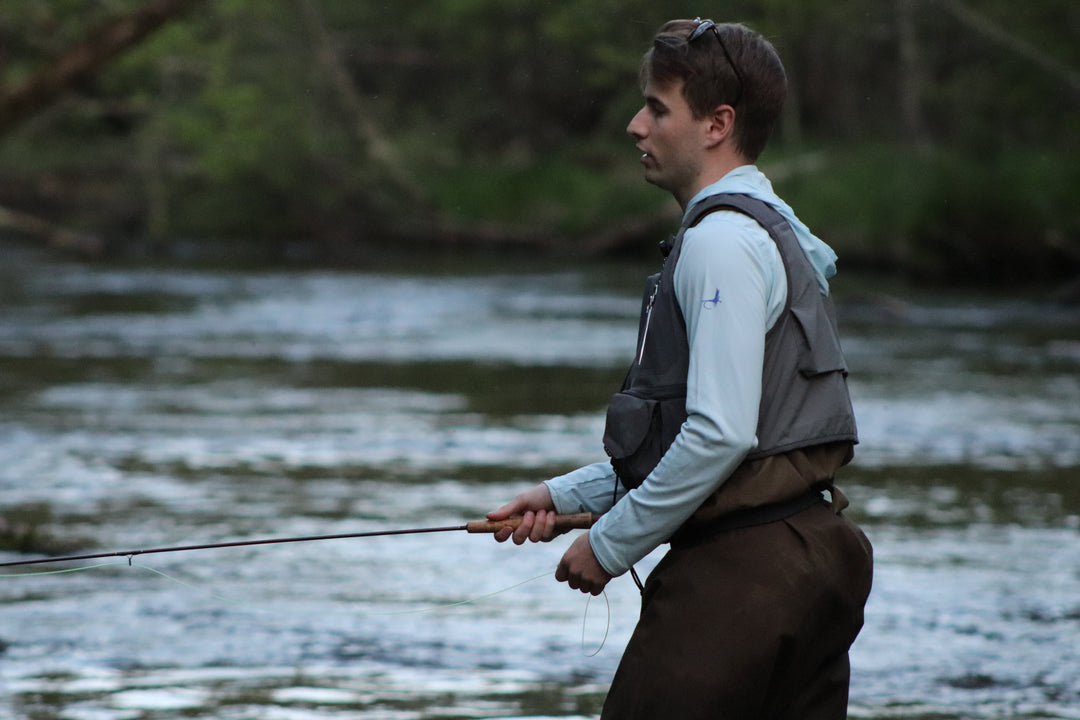


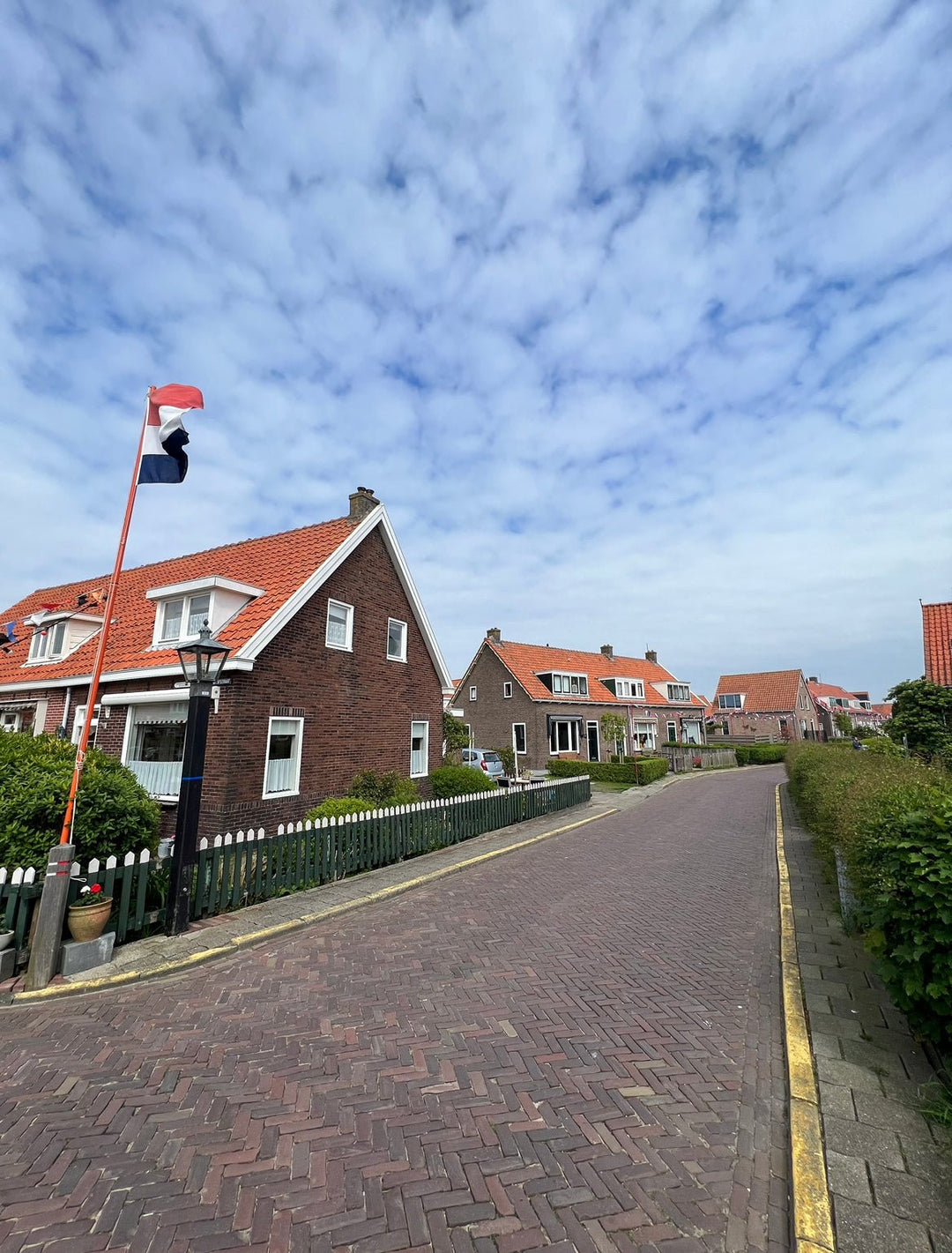

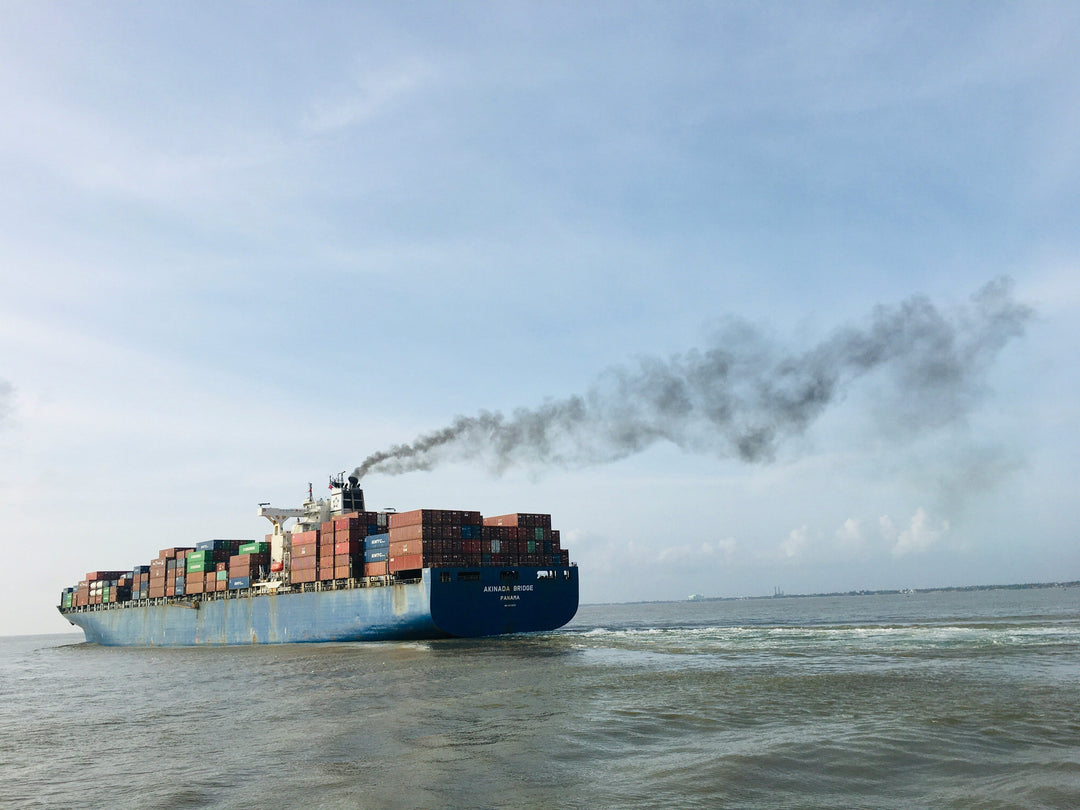
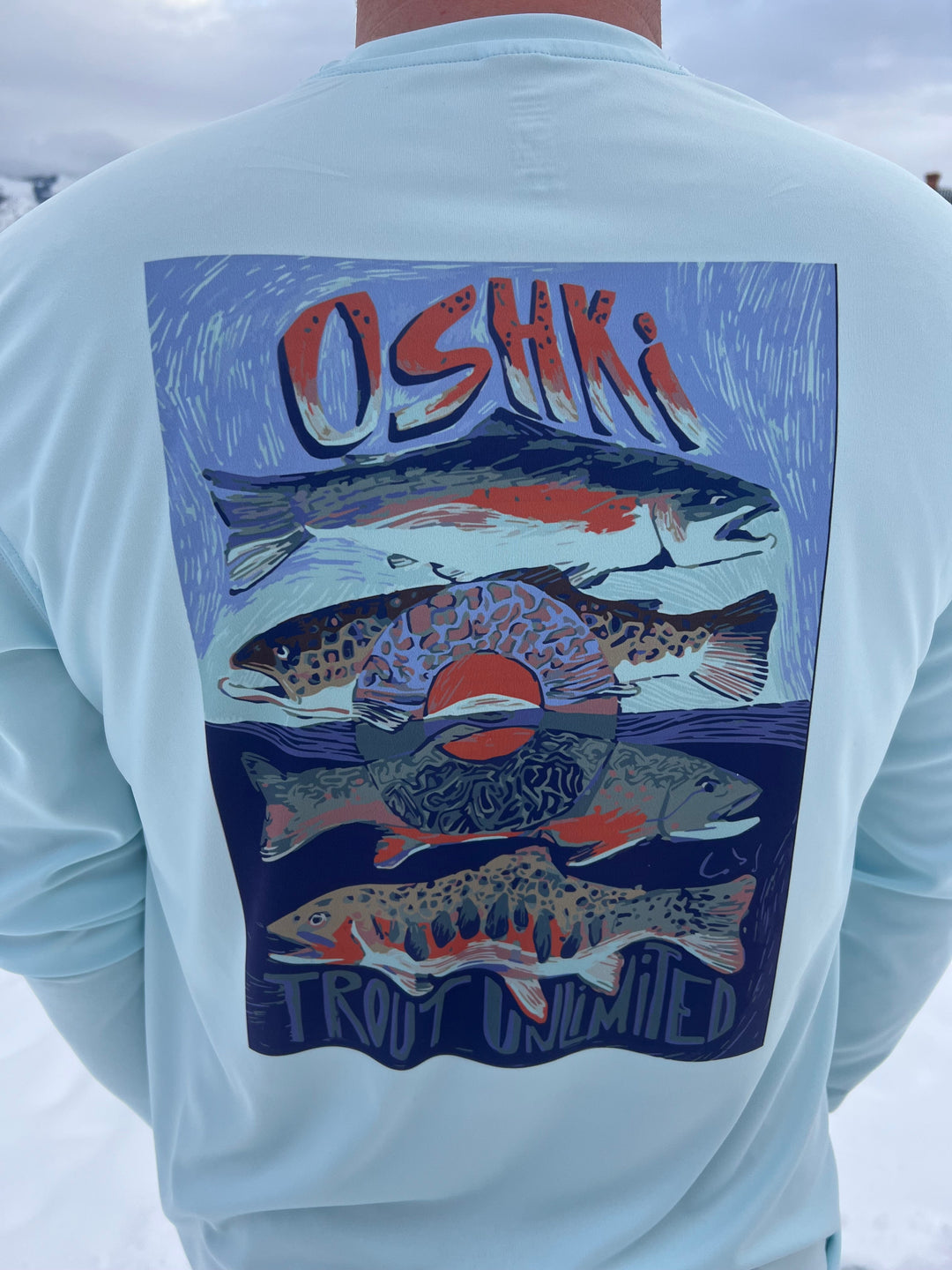
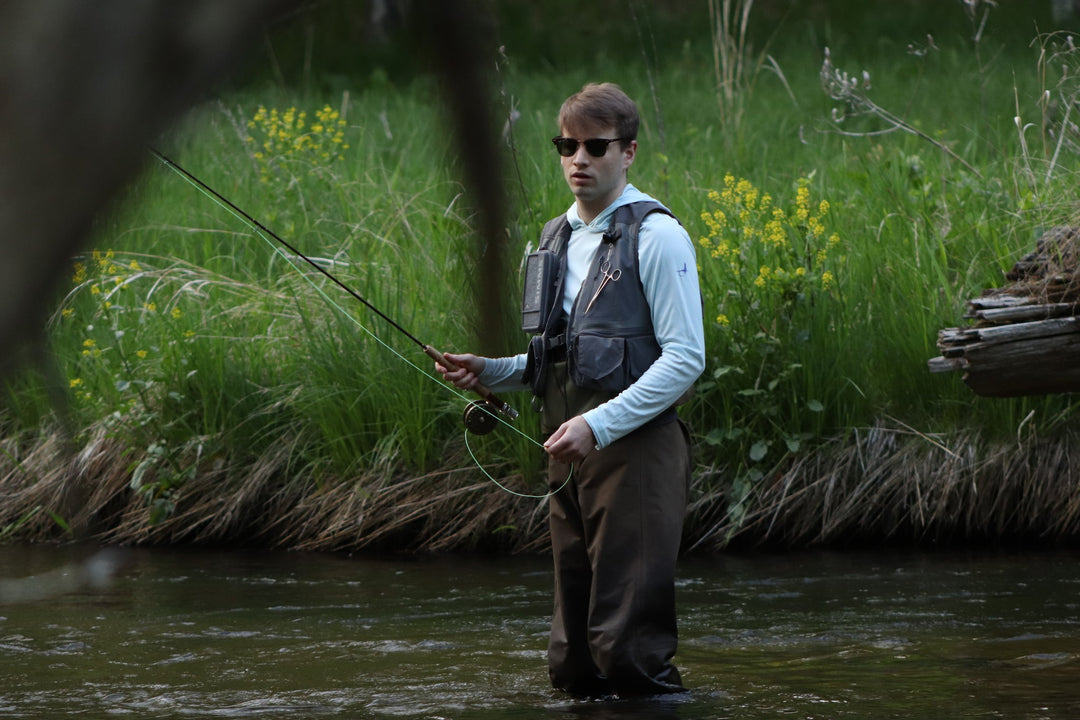

Leave a comment